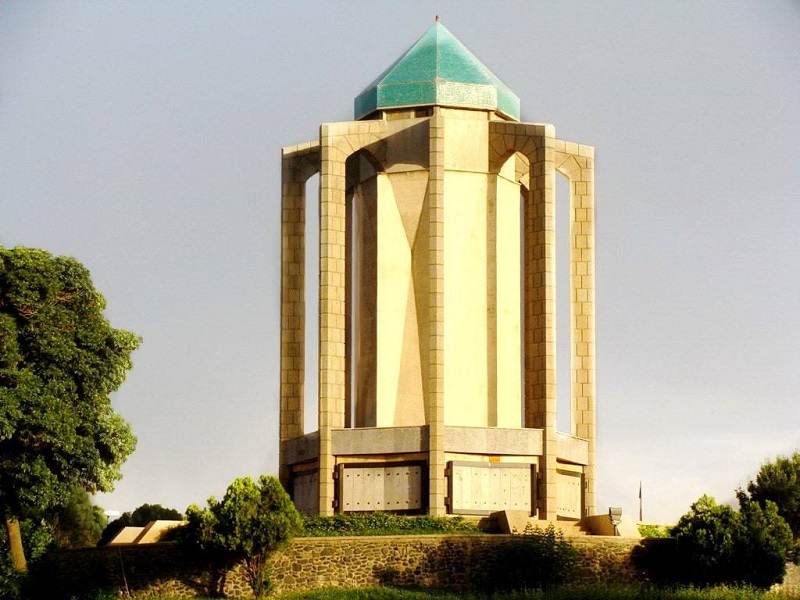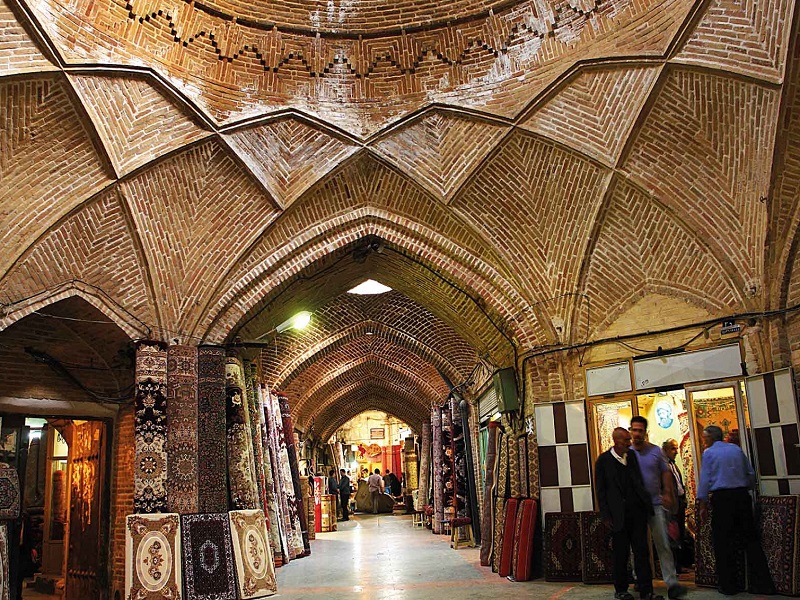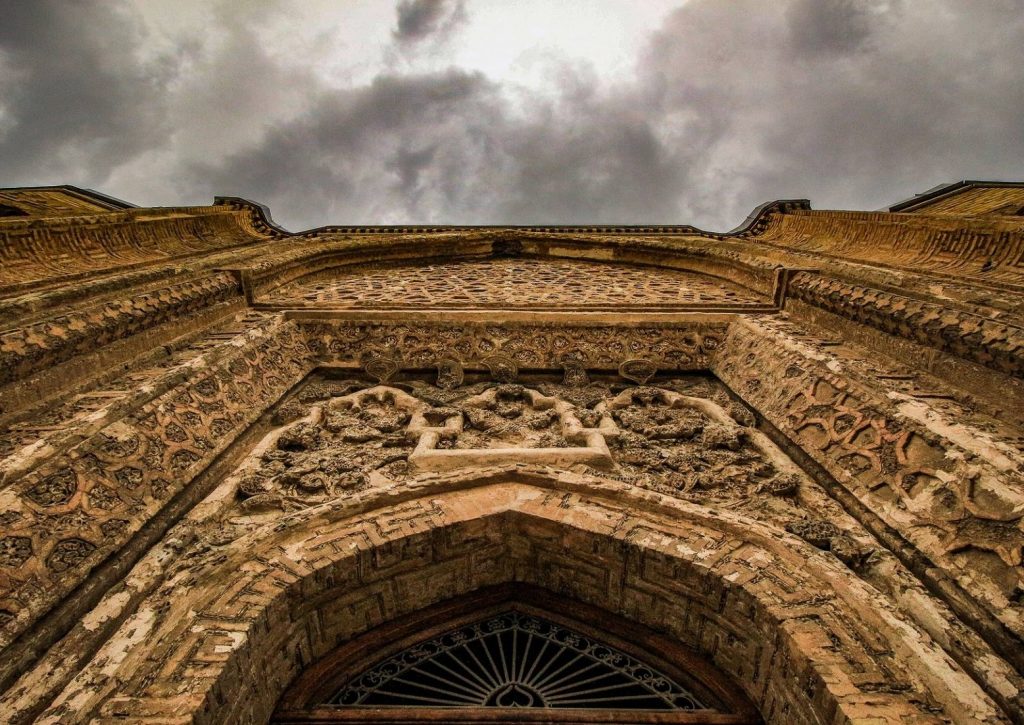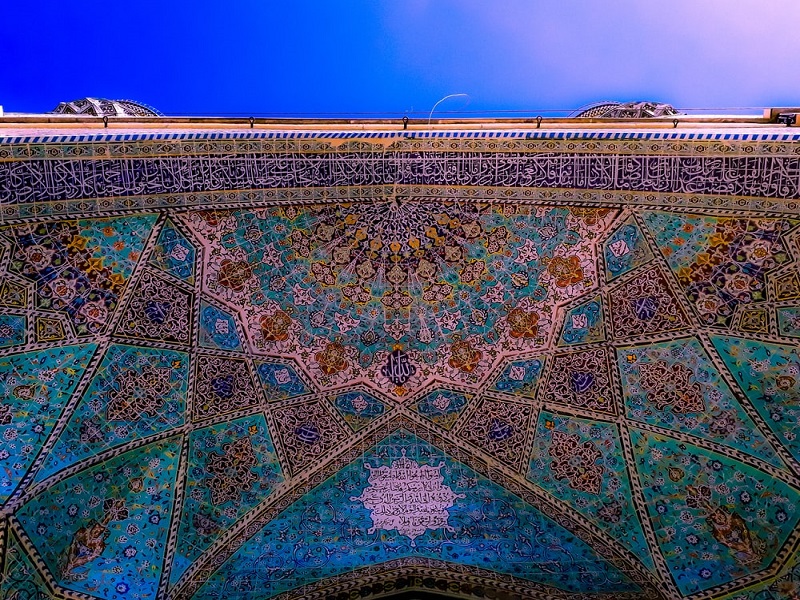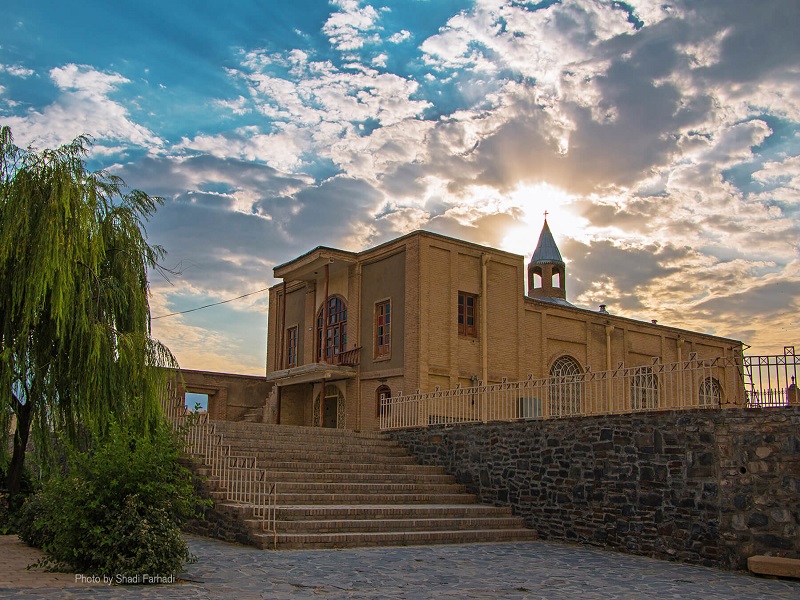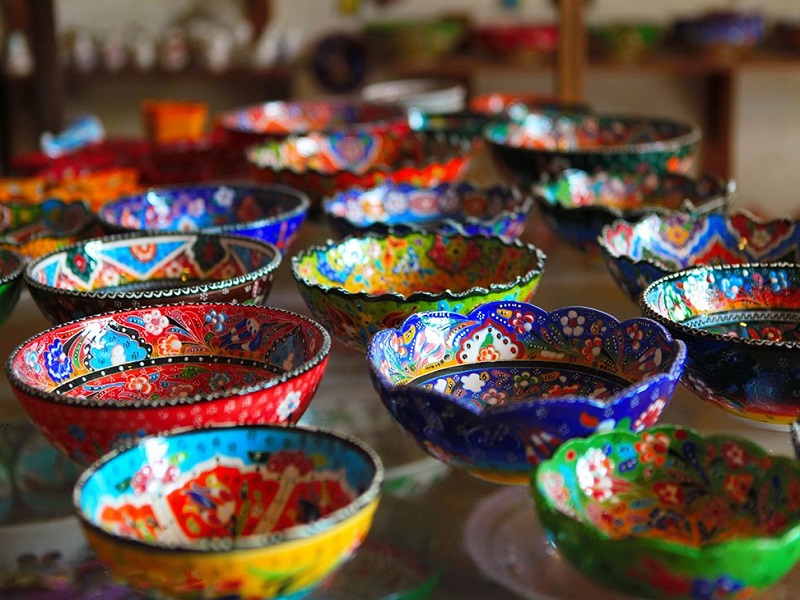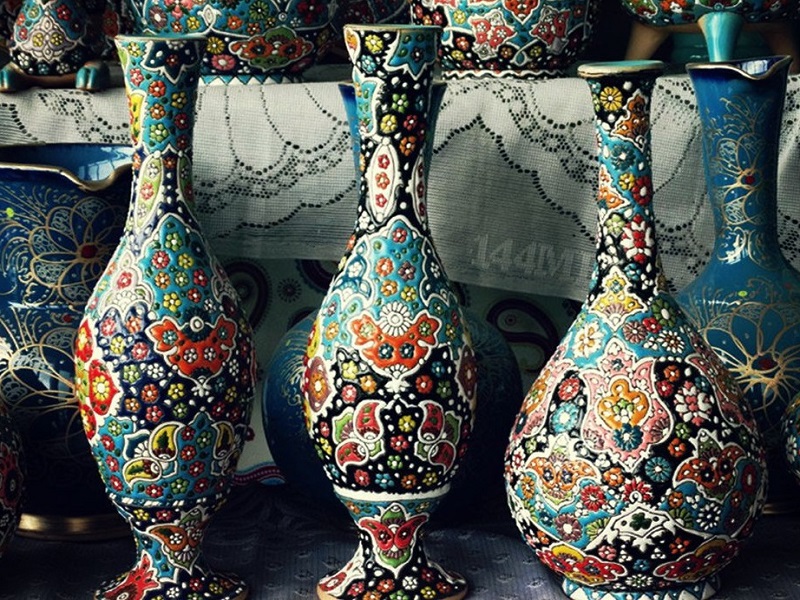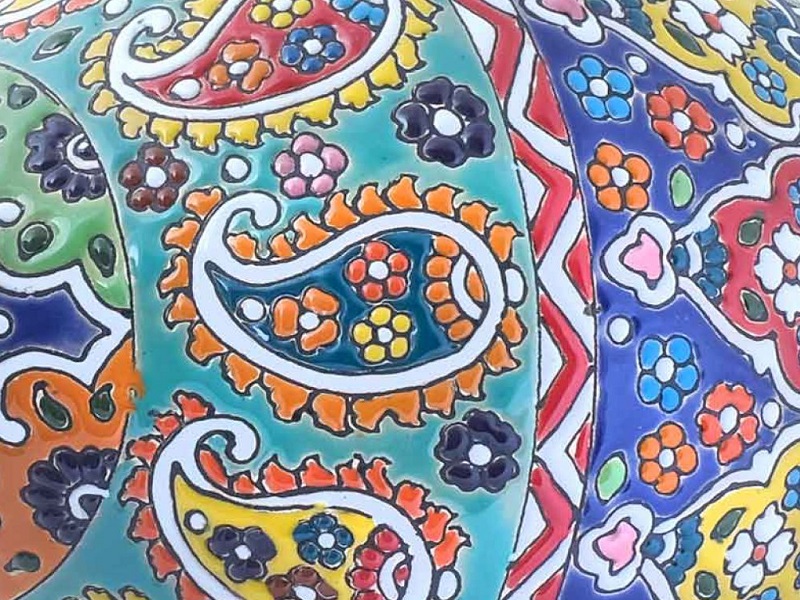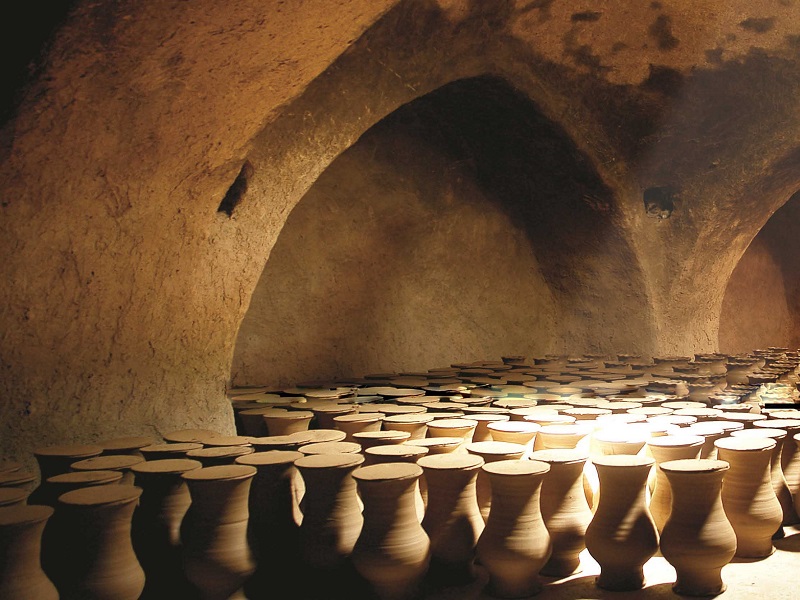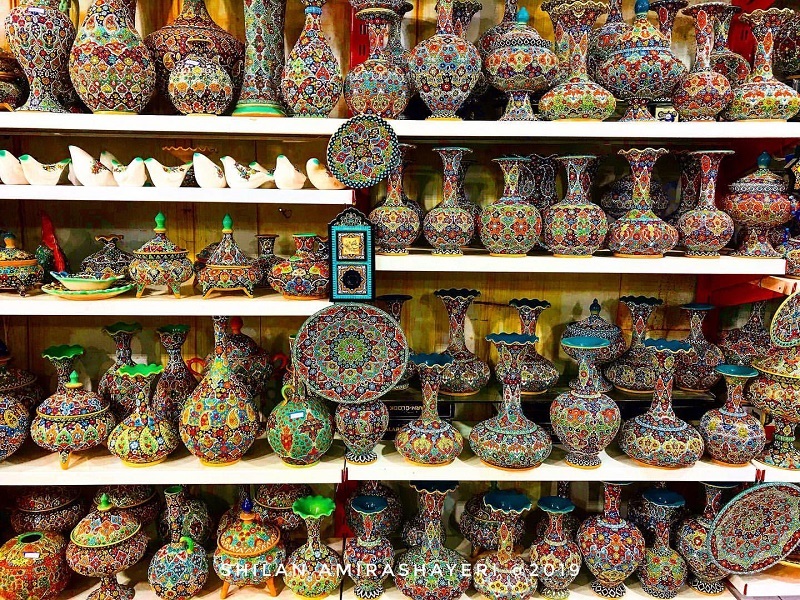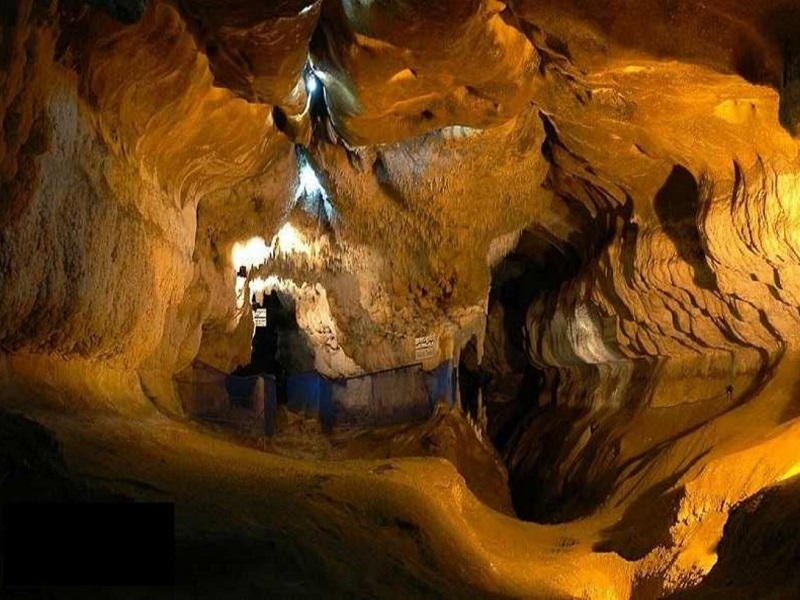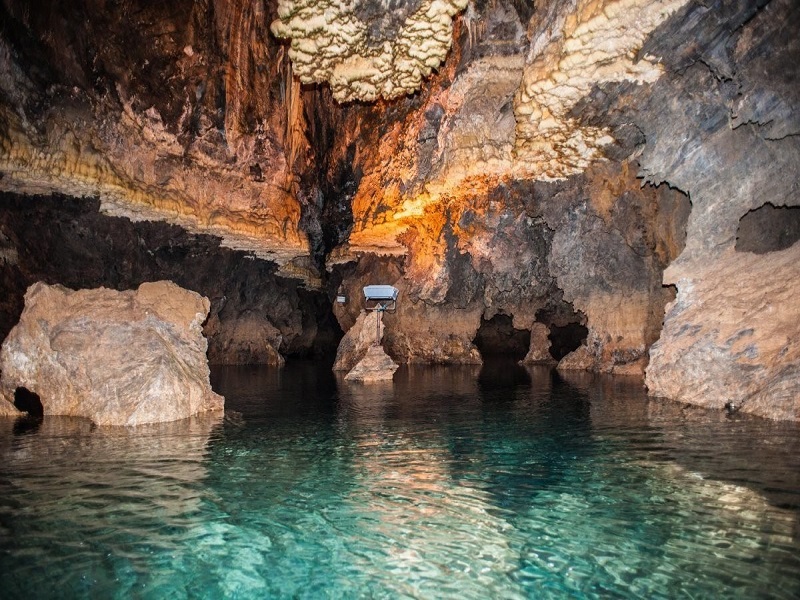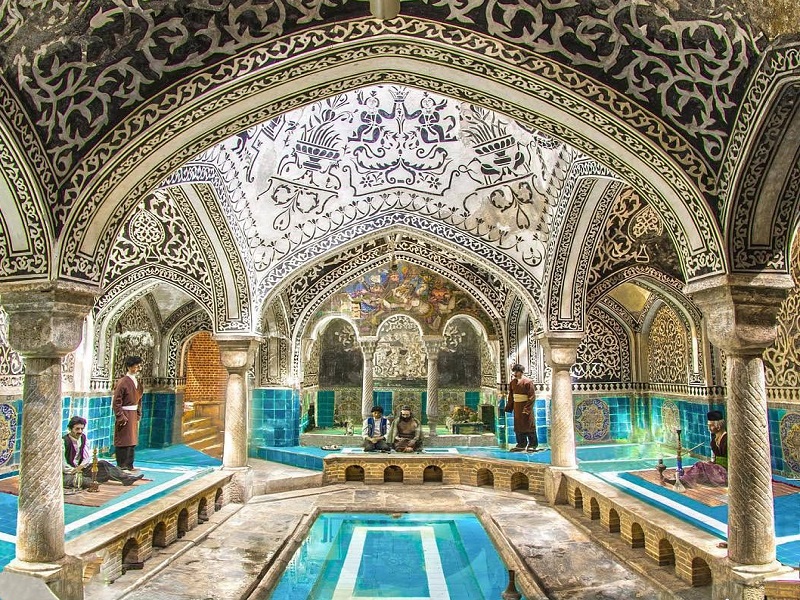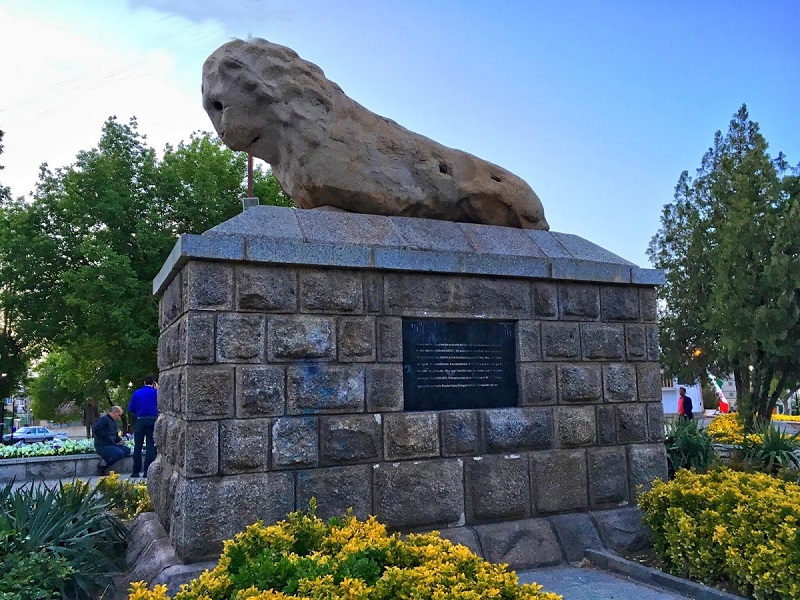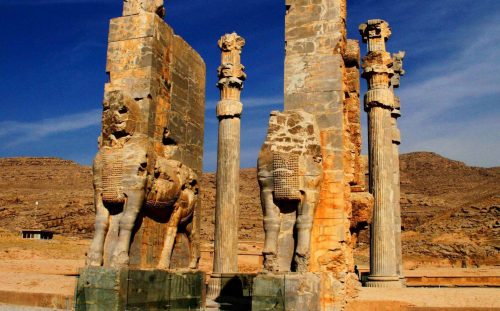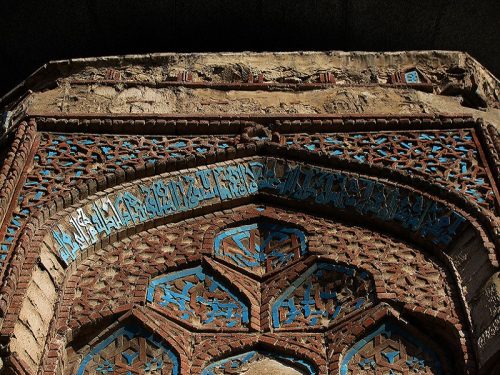Hamadan, The capital of the history and civilization of Iran
Hamadan city is capital of Hamadan province, and it is located in Zagros Mountain. Its population was 554,406 (2016).
Hamadn lays on the Silk Road. the city was enjoyed of good prospects in commerce and trade. Construction of the city is attributed to Jamshid, the king of Pishdadi. This city was a prominent city in ancient era, it used to be castle which was called Haft Hessar (seven Walls). The city has had different name in different times include: Hegmataneh (means place of gathering), Ecbatana and …
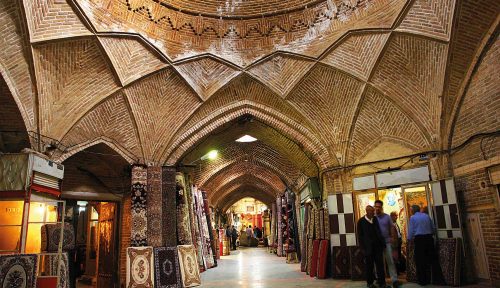
History
Because of its location, most of the times, the city was one of the capital of ancient’s Empire or one of their important cities, howbeit, it was always at risk during the rise and fall. At first, during Diaoko’s reign (the founder of Median dynasty) in 700 BC, the city was transformed into a hug capital. The city of Hamadan enjoyed great blessings during the Medes rule, and after overthrow of that government, though it lost its centrality, it was regarded as one of the three Achaemenes’s capital. The presence of Ganjnameh inscriptions, the remains of stone pillars, golden and silver cups and tablets of that time, shows the importance of the city. In 330 BC, the city was destroyed by Alexander of Macedon, but because of its strategic position, it became his military headquarter.
In Parthian era, the city was chosen as one of their capital too. After the Parthians, the Sassanids constructed their summer palaces in this city as well. When the war of Nahavand was happened between Iran and Arabs, at times it thrived and times it declined and witnessed hardships. The Seljuk, transfer their capital from Baghdad to Hamadan once again.
Although the city was completely destroyed in Timurid invasion, such as many other cities, it was flourished in Safavid era. In the 18th century, Hamadan was surrendered by the Ottomans, but it was taken back by Nader Shah Afshar.
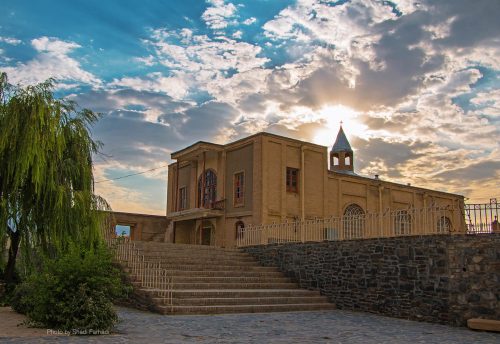
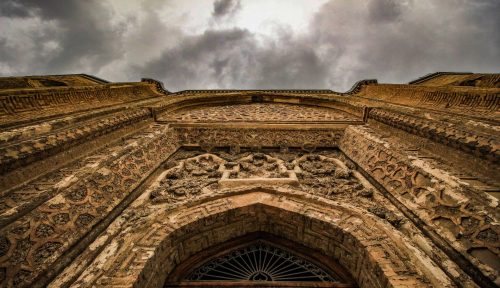
Ibn Sina (Avicenna)
The tomb of Avicenna is located in Hamadan.
Ibn Sina (Abu Ali Sina), Persian Islamic philosopher, physician and poet was born in Iran. Persian philosopher, physician, scientist and poet.
When he was 10, he memorized Quran (the holy book of Muslims), and he was fluent in Arabic grammar and literature as well. By the age 16 he had mastered not only natural science and rudimentary metaphysics, but also in medical field. He knew enough about medicine to treat patients. Due to his expertise in medicine, he was allowed to rich the library of the prince.
He was one of the main interpreters of Aristotle and he was the author of almost 200 books on science, religion and philosophy. His two most important books are Shifa (the book of Healing), and alQanun fi Tibb (the Canon of Medicine). His medical system is consistent of the standard in Europe and Middle East. He trained many students and he is known as one the greatest scientists in the world.

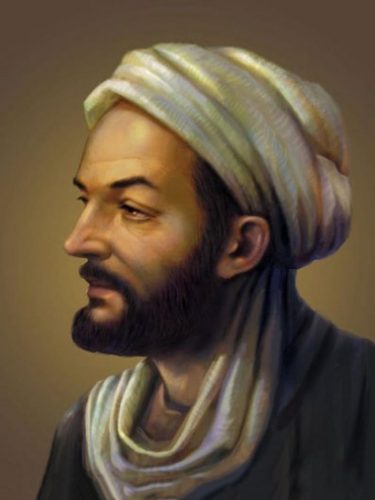

AliSadr Cave
This vast, water-filled underground labyrinth can only be toured by boat. This cave is one of the rare sample of water caves in the world. Geologists believe that the rocks of this mountain pertain to the second geological period i.e. Jurassic (130-190 million years ago). Based on evidence within the cave, it was inhabited by primitive people.
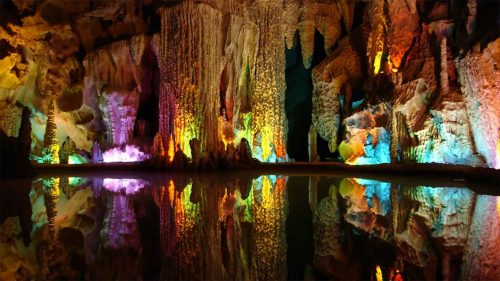
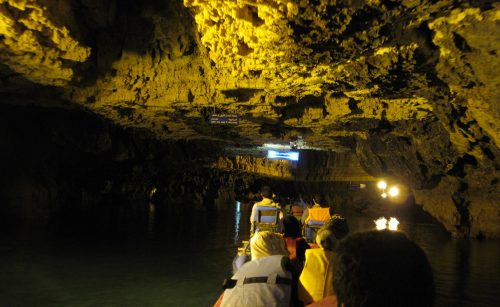
Souvenir
As other cities in Iran, Hamadan has variety souvenir. Kind of candy, sweets and sweetmeats. One of the other souvenir in Hamadan, is Pottery. Lelejin is a city of pottery near the Hamadan. The artist of the city are working every day to produce unique product. Visiting the procedure of production is available.

- Population: 554,406 (2016)
- Pre phone number: +9881
- Time zone: Time zone UTC+03:30 (IRST) - Summer (DST) UTC+04:30 (IRDT)
